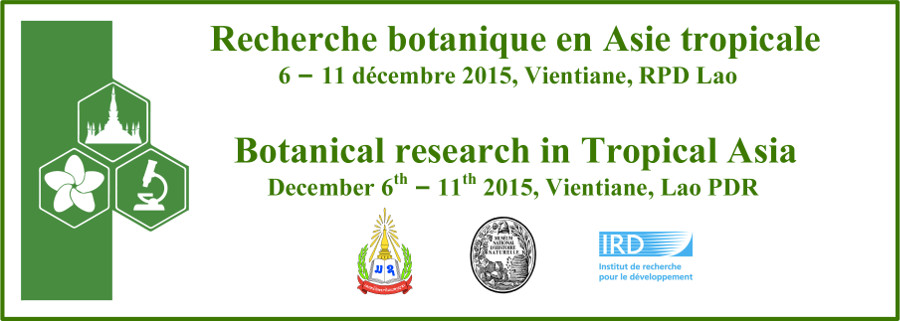Sex allocation and reproductive success of fifteen taxa of Eriocaulon L. in Thailand were studied from October 2013 to December 2014. The flower arrangement and the female-male flower ratios per inflorescence were examined under stereo light microscope. The average number of pollen grains per ovule in each inflorescence was counted under compound light microscope. Reproductive success was studied by investigating the seed set, the fruit set and plant density. The flower arrangement showed five patterns. Nine taxa had the female flowers in the lowest layer. The highest average female-male flower ratio per inflorescence was found in Eriocaulon hamiltonianum Mart. var. acuminatum Praj. & J.Parn. (6:1). E. infirmum Steud. had the highest average pollen per ovule (289) and also had the highest seed set (99%) and fruit set (99%) whereas E. phuphanoides Praj. & J.Parn. had the highest plant density in both 2013 (118 plants/m2) and 2014 (113 plants/m2). It seemed to show that reproductive success index (RS) was positively correlated to the average pollen per ovule. The higher the average number of pollen grains per ovule (149-289), the higher the RS (>0.7). Furthermore, the lower the average number of pollen grains per ovule (122), the lower RS (<0.5). Further study of sex allocation and reproductive success in this genus is required.
- Poster

 PDF version
PDF version

